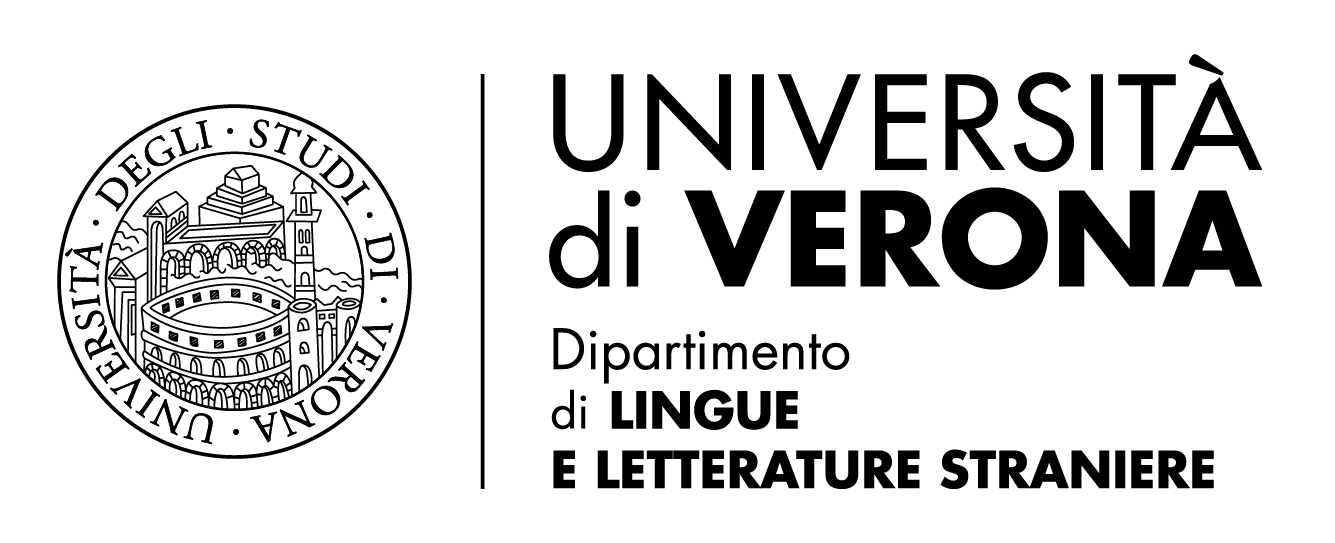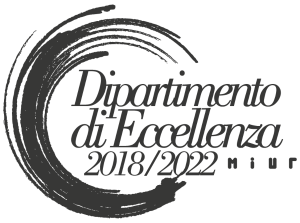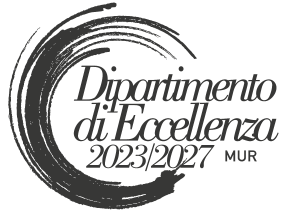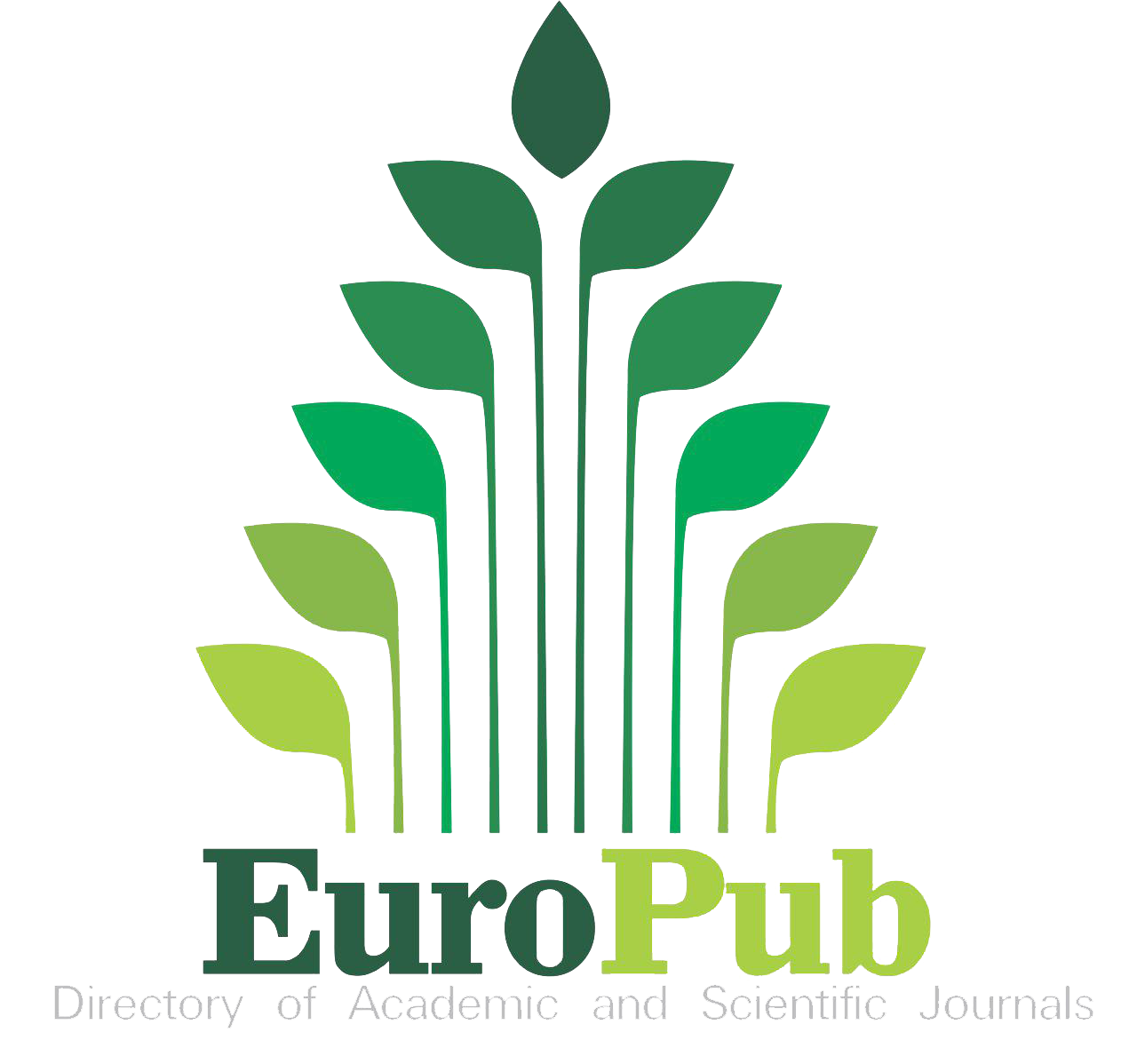A Different Side of the Story: On Neurodiversity and Trees
DOI:
https://doi.org/10.13136/2281-4582/2020.i16.904Keywords:
American literature, Richard Powers, neurodiversity, environmentalism, non-humanAbstract
This essay analyzes Richard Powers’s The Overstory (2018), a novel that ostensibly demands an eco-critical reading, under the lens of neurodiversity. Focusing on the idiosyncrasies of sensory perception in autism, the essay explores the atypical engagement with the more-than-human that neurodiversity (and specifically autism) fosters—a kind of engagement that deeply destabilizes neuro-normative, human-centered subjectivity, opening up to more egalitarian ways of relation with the environment. In a novel populated by neurodivergent characters with a keen ecological sensibility, Powers comes close to imagining this kind of non-hierarchical connection with the natural world. The essay explores how neurodiversity works in the novel at a characterological, thematic, and structural level, functioning as a bridge between human and non-human scales. In this way, neurodiversity finely glosses and articulates the kind of animistic, environmental message that Powers instils in his Pulitzer prize winning novel.
References
Armstrong, Thomas. The Power of Neurodiversity: Unleashing the Advantages of Your Differently Wired Brain. Cambridge, MA: Da Capo Press, 2010.
Baggs, Mel. “In My Language.” YouTube, uploaded by silentmiaow, 14 January 2007. https://www.youtube.com/watch?v=JnylM1hI2jc&t=315s. Last visited 07/12/2020.
Baron-Cohen, Simon. Mindblindness: An Essay on Autism and Theory of Mind. Cambridge: MIT Press, 1995.
Bourke, India. “Arbour Ardour.” New Statesman 24-30 August 2018: 46.
Caracciolo, Marco. “Form, Science, and Narrative in the Anthropocene.” Narrative 27.3 (October 2019): 270-289.
Davis, Lennard. “Introduction: Normality, Power, and Culture.” The Disability Studies Reader, 4th edition. Edited by Lennard Davis. New York: Routledge, 2013. 1-16.
Dyck, Erika and Ginny Russell. “Challenging Psychiatric Classification: Healthy Autistic Diversity and the Neurodiversity Movement.” Healthy Minds in the Twentieth Century: In and Beyond the Asylum. Edited by Steven J. Taylor and Alice Brumby. Cham: Palgrave MacMillan, 2020. 167-187.
Fabiani, Louise. “It’s Not the Trees That Need Saving.” Earth Island Journal (Summer 2018), 54.https://www.earthisland.org/journal/index.php/magazine/entry/its_not_the_trees_that_need_saving/
Grandin, Temple. Thinking in Pictures: And Other Reports from My Life with Autism. Expanded Edition. New York: Bloomsbury, 2006.
Happé, Francesca and Ursula Frith. “The Weak Coherence Account: Detailed-Focused Cognitive Style in Autism Spectrum Disorders.” Journal of Autism and Developmental Disorders 36.1 (January 2006): 5-25.
Hayles, N. Katharine. “Cognition Everywhere: The Rise of the Cognitive Nonconscious and the Costs of Consciousness.” New Literary History 25.2 (Spring 2014): 199-220.
---. “The Cognitive Nonconscious and the New Materialisms.” The New Politics of Materialism: History, Philosophy, Science. Edited by Sarah Ellenzweig and John H. Zammito. New York: Routledge, 2017. 181-198.
Jacobs, Brianne. “A Novel for the Age of ‘Laudato Si.’” America 222.3 (2020): 46-47.
Kohn, Eduardo. How Forests Think: Toward an Anthropology Beyond the Human. Berkeley: University of California Press, 2013.
Manning, Erin. Always More Than One: Individuation’s Dance. Durham: Duke University Press, 2012.
---. “‘Me lo dijo un pajarito.’ Neurodiversity, Blackness, and the University as We Know It.” Social Text 36.3 (2018): 1-24.
---. The Minor Gesture. Durham: Duke University Press, 2016.
Manning, Erin and Brian Massumi. Thought in the Act: Passages in the Ecology of Experience. Minneapolis: University of Minnesota Press, 2014.
Marder, Michael. Plant-Thinking: A Philosophy of Vegetal Life. New York: Columbia University Press, 2013.
Powers, Richard. The Overstory. New York: W.W. Norton, 2018.
Savarese, David James. “Coming to My Senses.” Autism in Adulthood 1.2 (2019): 90-92.
Savarese, Ralph James. “I Object: Autism, Empathy, and the Trope of Personification.” Rethinking Empathy Through Literature. Edited by Megan Marie Hammond and Sue J. Kim. New York: Routledge, 2014. 74-92.
---. See It Feelingly. Durham: Duke University Press, 2018.
---. “Toward a Postcolonial Neurology: Autism, Tito Mukhopadhyay, and the New Geo-Poetics of the Body.” Journal of Literary & Cultural Disability Studies 4-3 (2010): 273-290.
---. “What Some Autistics Can Teach Us About Poetry: A Neurocosmopolitan Approach.” The Oxford Handbook of Cognitive Literary Studies. Edited by Lisa Zunshine. Oxford: Oxford University Press, 2015. 393-420.
Savarese, Emily Thornton and Ralph James Savarese. “The Superior Half of Speaking.”
Introduction to the Special Issue “Autism and the Concept of Neurodiversity.” Disability Studies Quarterly 3.1 (2010). https://dsq-sds.org/issue/view/43. Last visited 05/12/2020.
Silberman, Steve. Neurotribes: The Legacy of Autism and How to Think Smarter About People Who Think Differently. New York: Penguin Random House, 2015.
Tougaw, Jason. The Elusive Brain: Literary Experiments in the Age of Neuroscience. New Haven: Yale University Press, 2018.
Wohlleben, Peter. The Hidden Life of Trees: What They Feel, How They Communicate. Vancouver, Berkeley: Greystone Books, 2015.
Downloads
Published
Issue
Section
License
Copyright (c) 2020 Pilar Martínez Benedí

This work is licensed under a Creative Commons Attribution-NonCommercial 4.0 International License.
Iperstoria is an Open Access journal.
- Authors retain copyright and grant the journal right of first publication with the work simultaneously licensed under a Creative Commons Attribution 4.0 BY License that allows others to share the work with an acknowledgement of the work's authorship and initial publication in this journal.
- Authors are able to enter into separate, additional contractual arrangements for the non-exclusive distribution of the journal's published version of their work (e.g., post it to an institutional repository or publish it in a book), with an acknowledgement of its initial publication in this journal. We kindly ask authors to inform us of any instances of re-publication.







